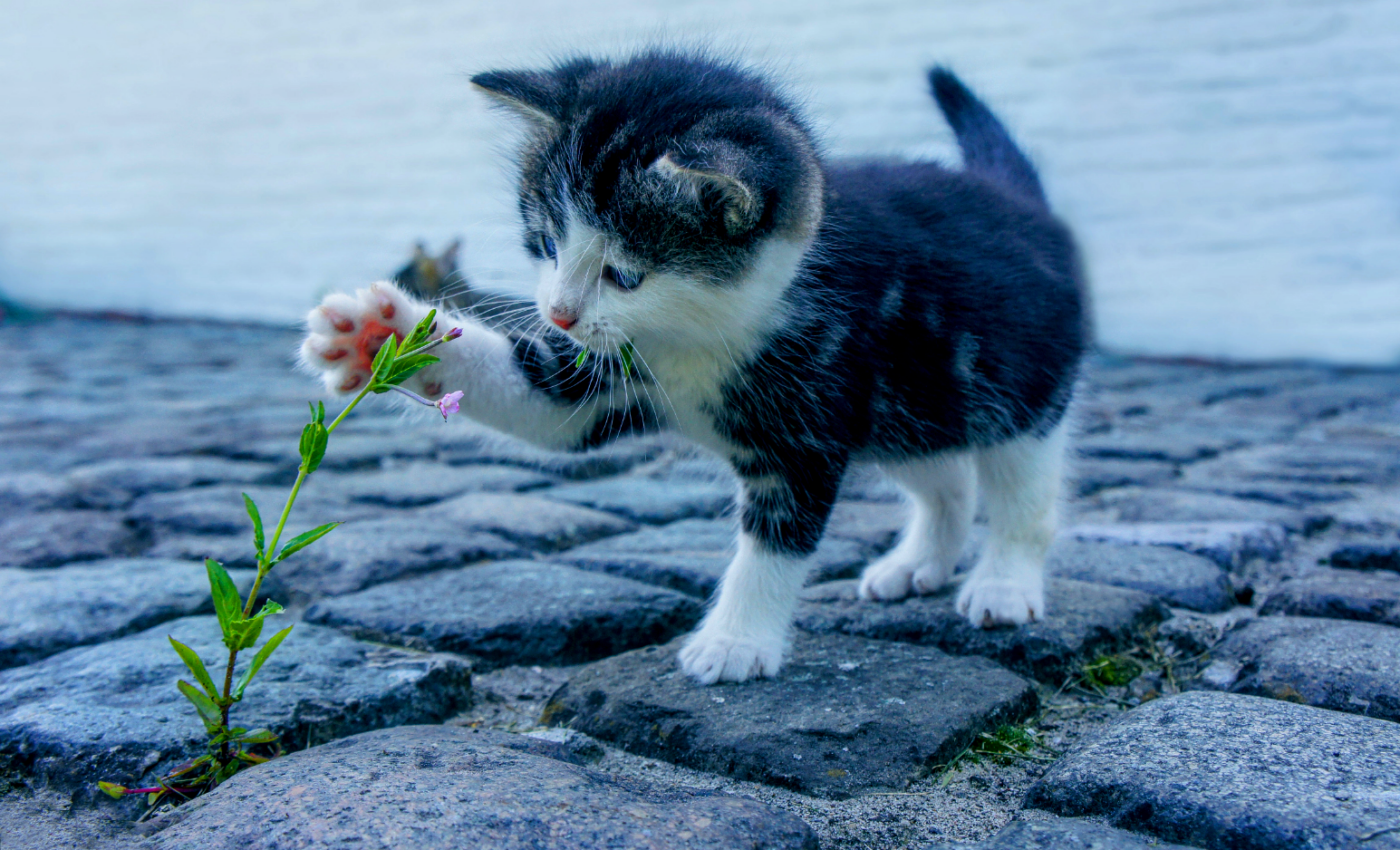
How can we control the growing issue of stray cats?
Rising numbers of free-roaming stray cats is a global problem. They are considered one of the world’s most invasive species, posing a health risk to humans and destroying large numbers of wildlife. Nevertheless, people are reluctant to cull them, as they usually do with pests such as rats or cockroaches. A new study led by the Hebrew University of Jerusalem (HUJI) has now investigated the impact of different protocols to control stray cat populations over a period of 12 years.
At the moment, the most popular and widespread population-control method is TNR – in which street cats are Trapped, Neutered, and Returned to the location where they were initially found.
“Although this method has been implemented in various parts of the world, there was controversial evidence regarding its effectiveness for reducing cat populations and no hard evidence regarding its effectiveness in reducing cat-related nuisances or improving their welfare,” said study lead author Eyal Klement, an expert in Veterinary Epidemiology at HUJI.
Professor Klement and his colleagues focused on one Israeli city (Rishon LeZion) where they tried out different population-control measures during three four-year periods. While in the first period there was no intervention, in the second one the scientists organized an intensive program of neutering cats in half of the city, using the other half as a control group. Finally, in the third period, neutering was applied city-wide.
Surprisingly, neutering cats in only half of the city did not seem to reduce cat populations at all. According to the researchers, the migration of unneutered cats into the area can explain this unexpected finding. While in the third case, a seven percent annual reduction of cat population was achieved, a rebound increase in the number of kittens was later on noted, most probably due to an increase in their survival rates due to lack of competition with the neutered, less aggressive cats.
“Intact cats are more territorial than their neutered counterparts. Once they move into a neighborhood with neutered cats, they tend to thrive and take over,” explained Professor Klement.
These results and further analysis suggest that, ideally, 70 percent of stray cat populations should be neutered on a continuous basis. Moreover, in order to avoid the rebound effect, cat food resources should be controlled in parallel to the TNR campaign.
“This can be achieved by setting up feeding stations in agreed-upon locations and by prohibiting feeding in other public areas,” said Professor Klement. Such a method would make sure that the cats are properly fed and the neutering procedures could be implemented efficiently, by catching the cats when they come to eat.
The study is published in the journal Proceedings of the National Academy of Sciences.
—
By Andrei Ionescu, Earth.com Staff Writer













